Tutorial: How to Sew the Ami Blouse Facing
This tutorial is to support the facing instructions in the Ami Pattern booklet starting on page 39.
The blouse and facing should look something like this at this point.
On the wrong side of the blouse, mark a line 1/4” from the center folded edge with a fabric pen or chalk.
With the wrong side of the blouse facing up, place the right side of the facing on top of the wrong side of the blouse. Line up the edge of the facing with the line made in the previous step. Be sure to fold the blouse placket out of the way. Pin in place.
Carefully sew the facing in place with a 1/4” seam allowance. Stitch all the way to the notch on the facing but not past it.
Fold facing back and press.
Mark another line on the wrong side 1/4” from the center folded edge on the other half of the blouse.
Again place the right side of the facing on the wrong side of the blouse. Align the edge of the facing with the marked line. Be sure to fold the blouse placket out of the way. Pin in place.
Carefully sew the facing in place with 1/4” seam allowance. Again stitch all the way to the facing notch but not past it.
Fold the facing back and press. Pin the whole facing in place.
Edgestitch around one half of the facing, then the other half. Be careful to not sew through the plackets. Fold them out of the way as you approach the center front.
Good work! The facing is done!
Related Products
Related posts
How to Thread a Sewing Machine: A Beginners Guide – Part 2
Now that we’ve covered the basics of threading a sewing machine in Part 1, let’s move on to some additional functions. In Part 2, I’ll show you how to change both the needle and the presser foot. I’ll also introduce the twin needle, and share some helpful troubleshooting tips for common issues that can happen when…
Made by Hand: Ellen Merchant’s Printed Textiles
One of Britain’s most exciting and adventurous textile and wallpaper designers working today, Ellen Merchant places traditional print processes and high-quality materials at the heart of her creative practice. Inspired by the Arts and Crafts emphasis on hand-made design over mass-produced goods, her work embraces traditional, hand-block printing techniques and features intricate, ornate, botanical designs…
How to Thread a Sewing Machine: A Beginners Guide – Part 1
Threading a sewing machine can feel a bit daunting at first, but it quickly becomes second nature after you’ve done it a couple of times. These days, I don’t even think about it—muscle memory just takes over. That said, writing this tutorial made me slow down and walk through each step more deliberately. It reminded…
How to Make Pattern Adjustments for Small Busts
I’m a small-bust lady, so this tutorial is near and dear to me. One of my daughters is also in the small-bust group, while the other has a fuller bust, so our household has experienced the challenges—and blessings—of both! We’ve often talked about shopping for clothes and customizing sewing for each body type. The friend…
SEW THIS LOOK
LATEST COMMENTS
- The importance of using the correct fabric for historical clothing
04 Mar 2010 @ 5:02 pm by Matching Fabric to Literary Era – Fairy Tale Fashion - Tutorial: How To Make A Tea Towel Three Ways
26 Mar 2023 @ 5:14 am by Tea Towel Hems – Blogula Rasa - Tutorial and Pattern: How to Make a Christmas Stocking
27 Nov 2024 @ 8:45 am by 20 Free Christmas Stocking Patterns: Creative Ideas to Make Your Holiday Season Magical - Quilt Trails WNC - Yellow Ochre: The Radiance of the Sun
05 May 2020 @ 4:34 am by Carolina Oneto The power of yellow in quilting - Paola Workwear Jacket Tutorial and Pattern
19 Mar 2019 @ 3:00 am by Paola Workwear Jacket – Free Pattern by FabricStore.com - Hungry Scissors
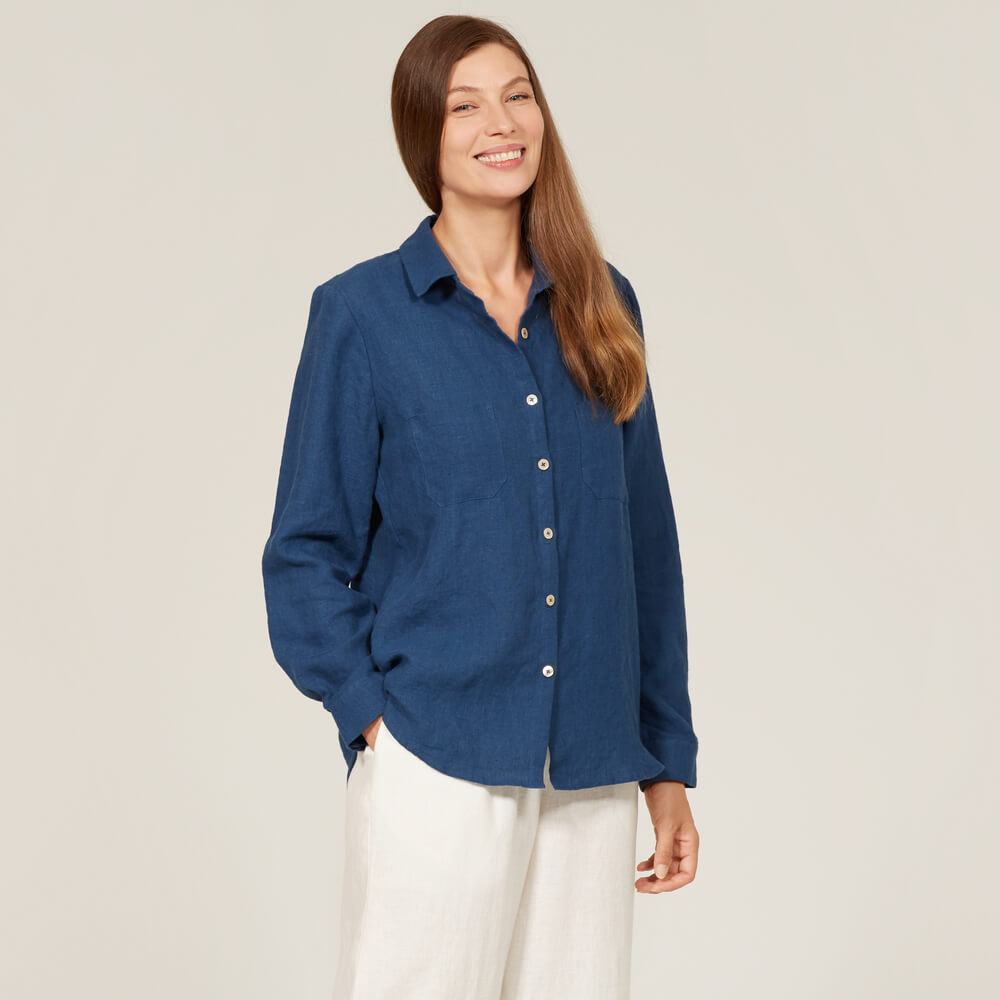







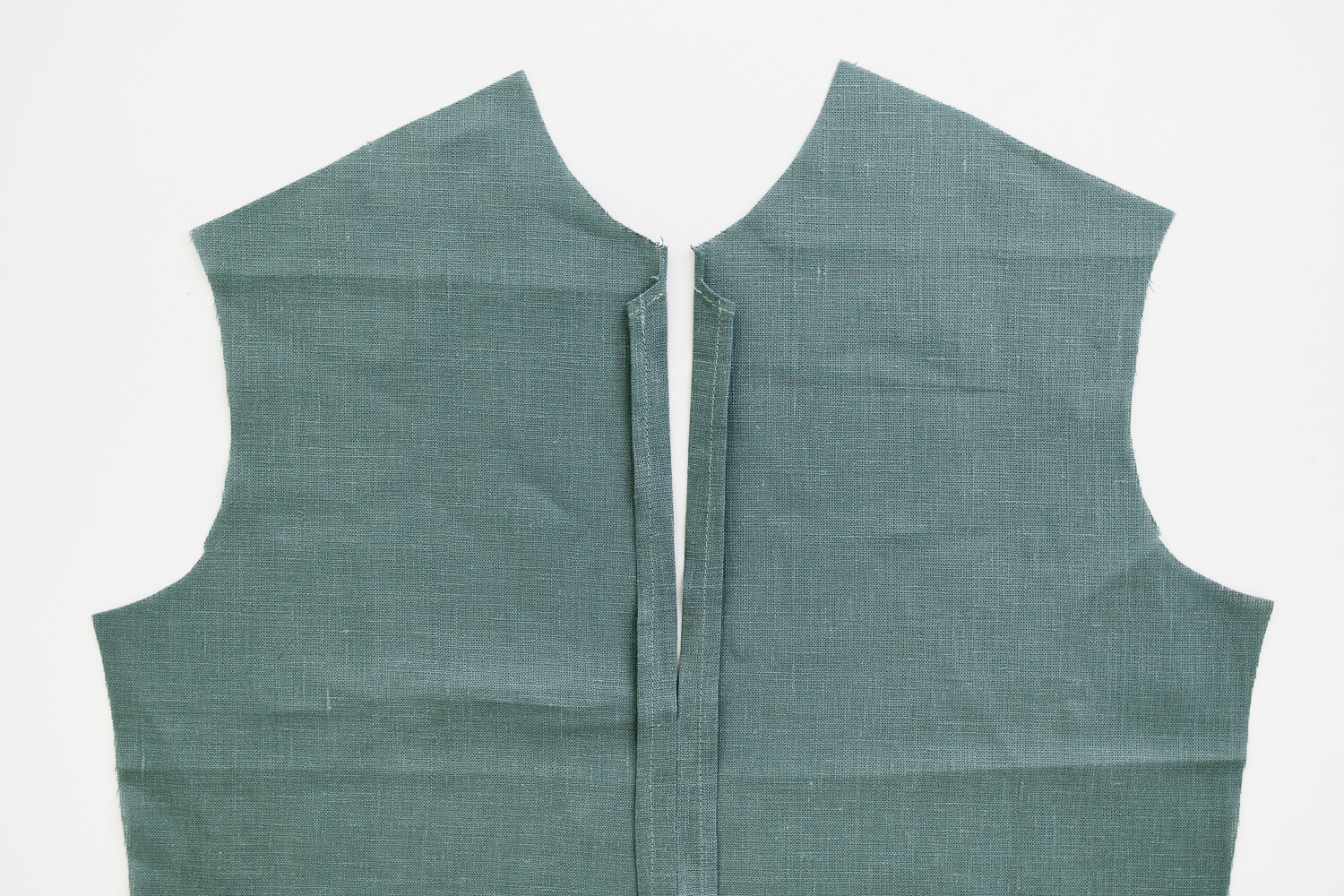
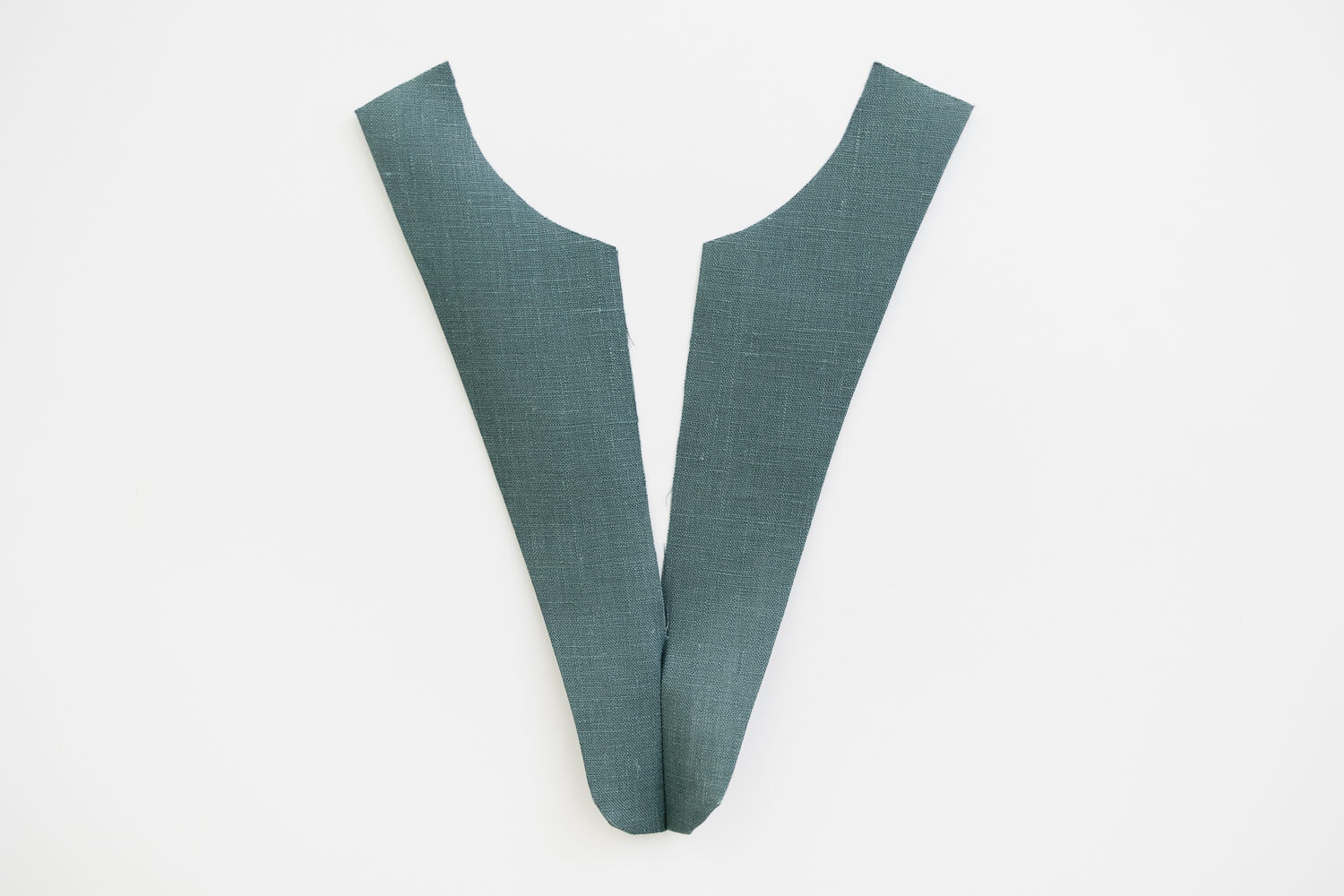
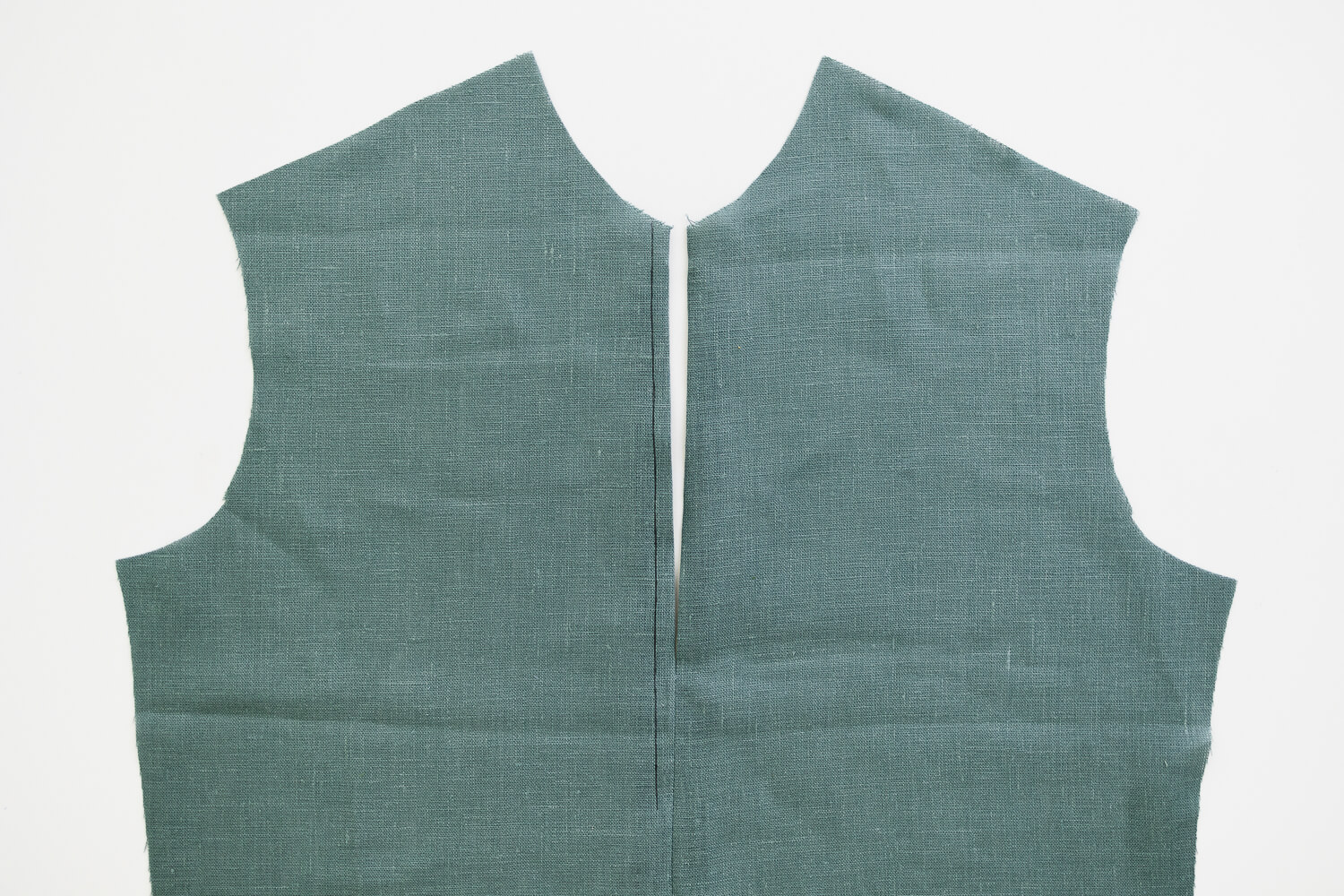
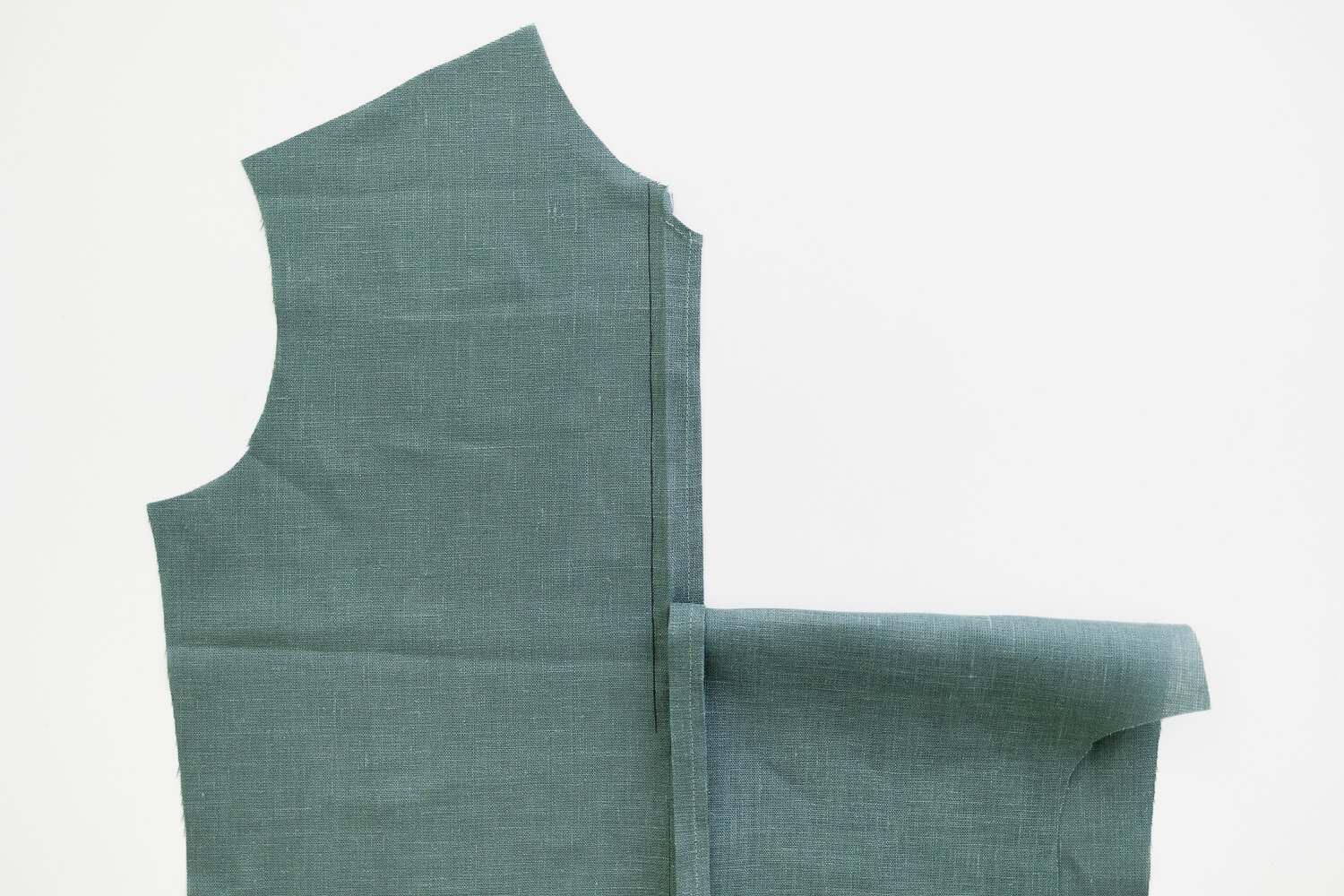
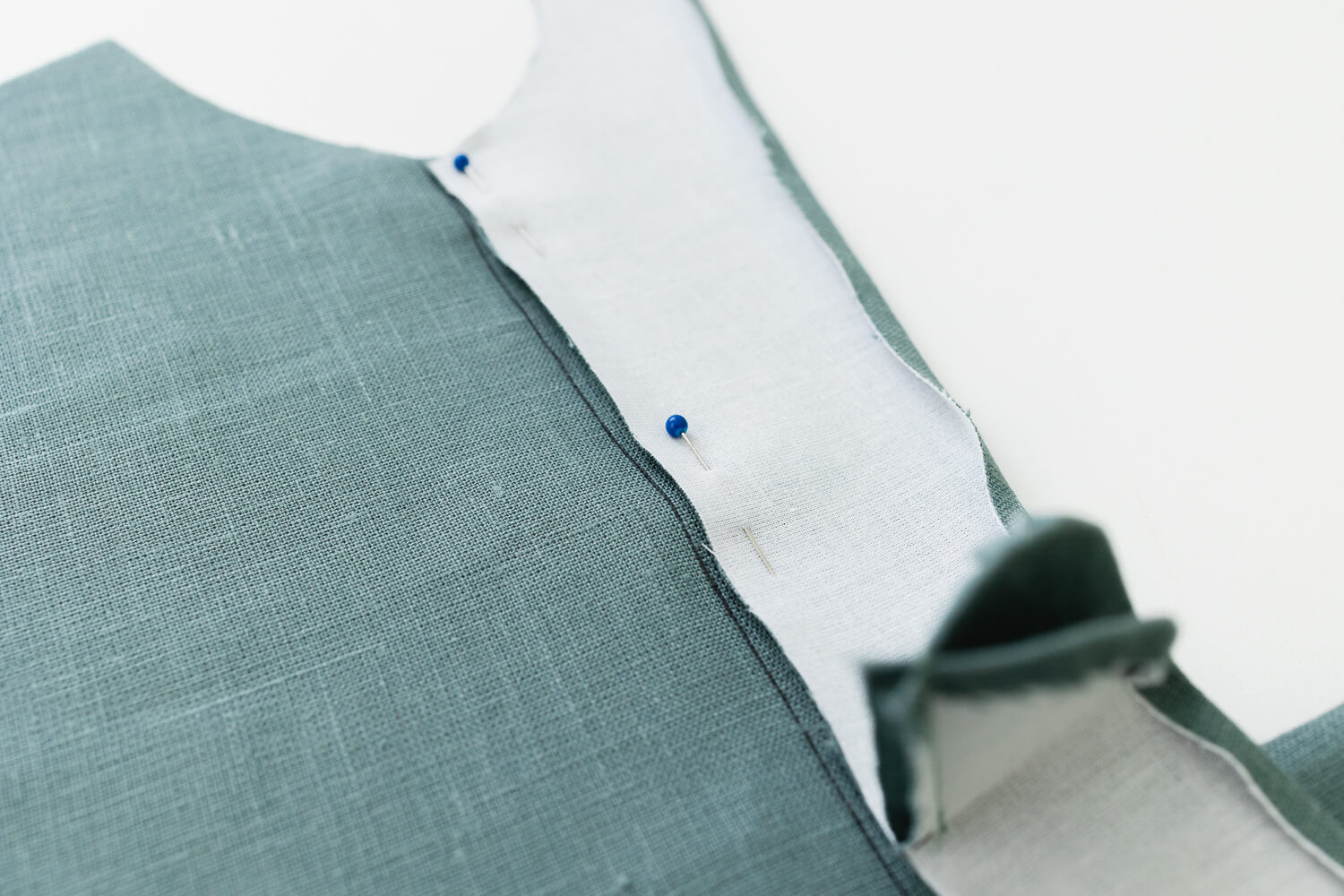
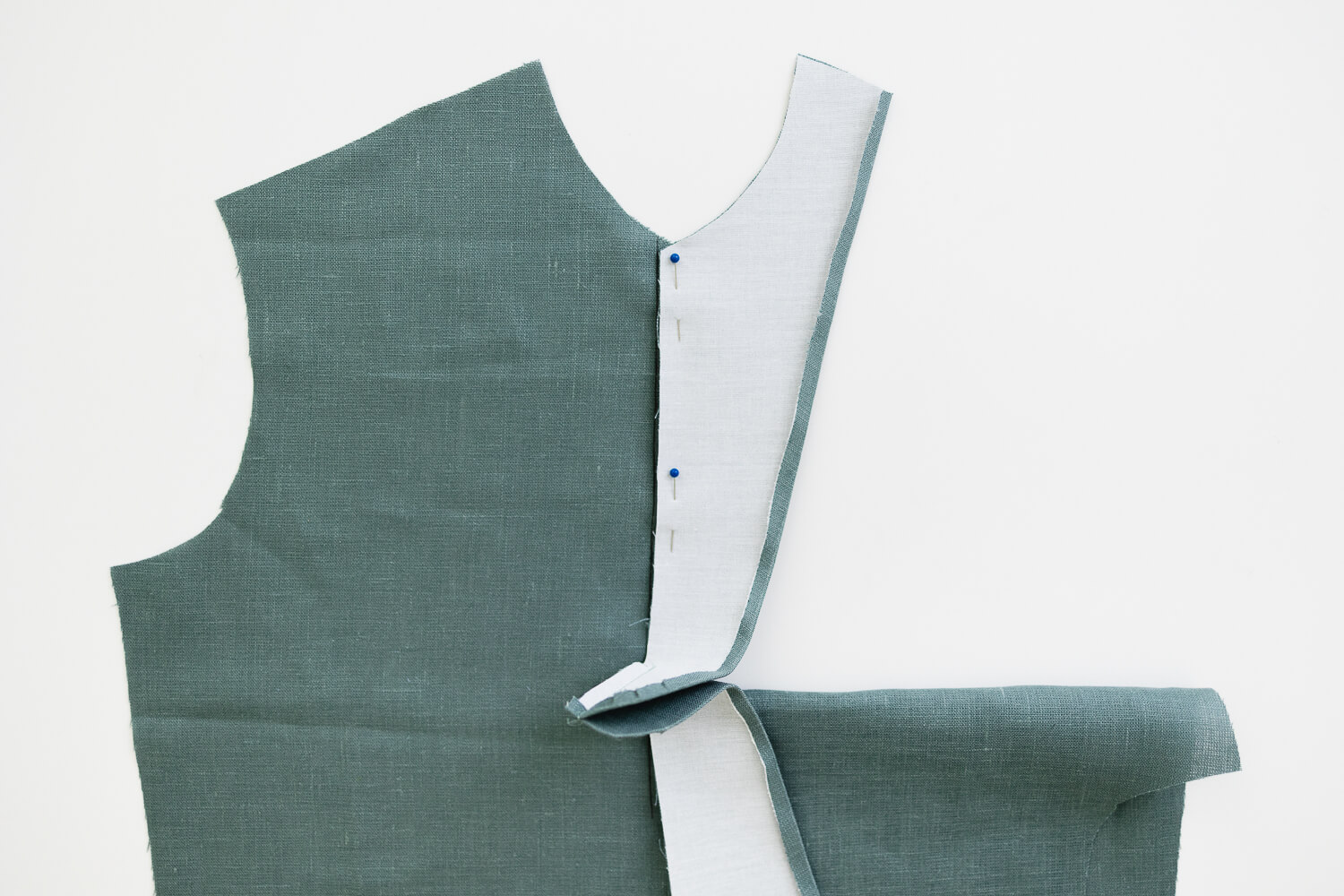
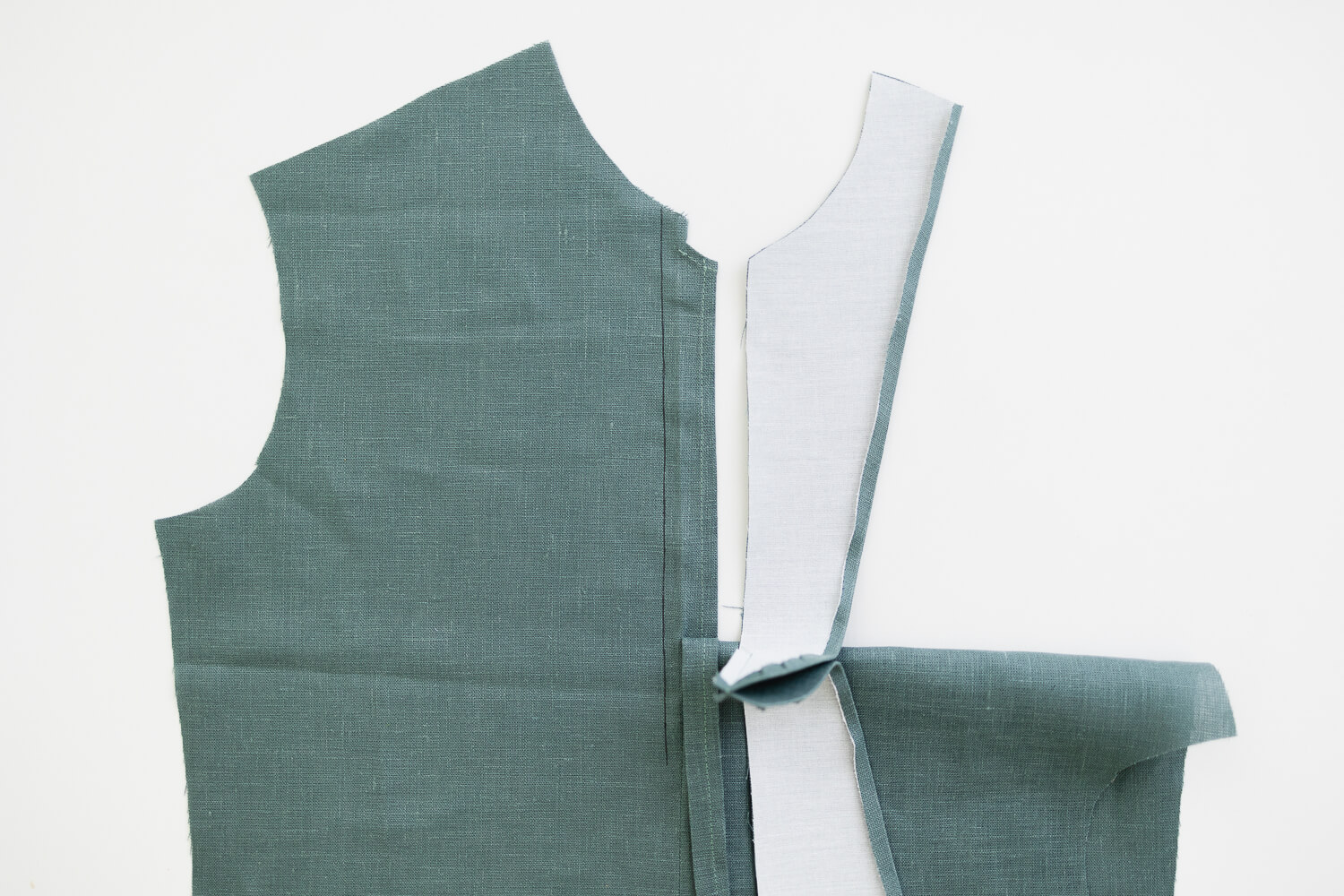
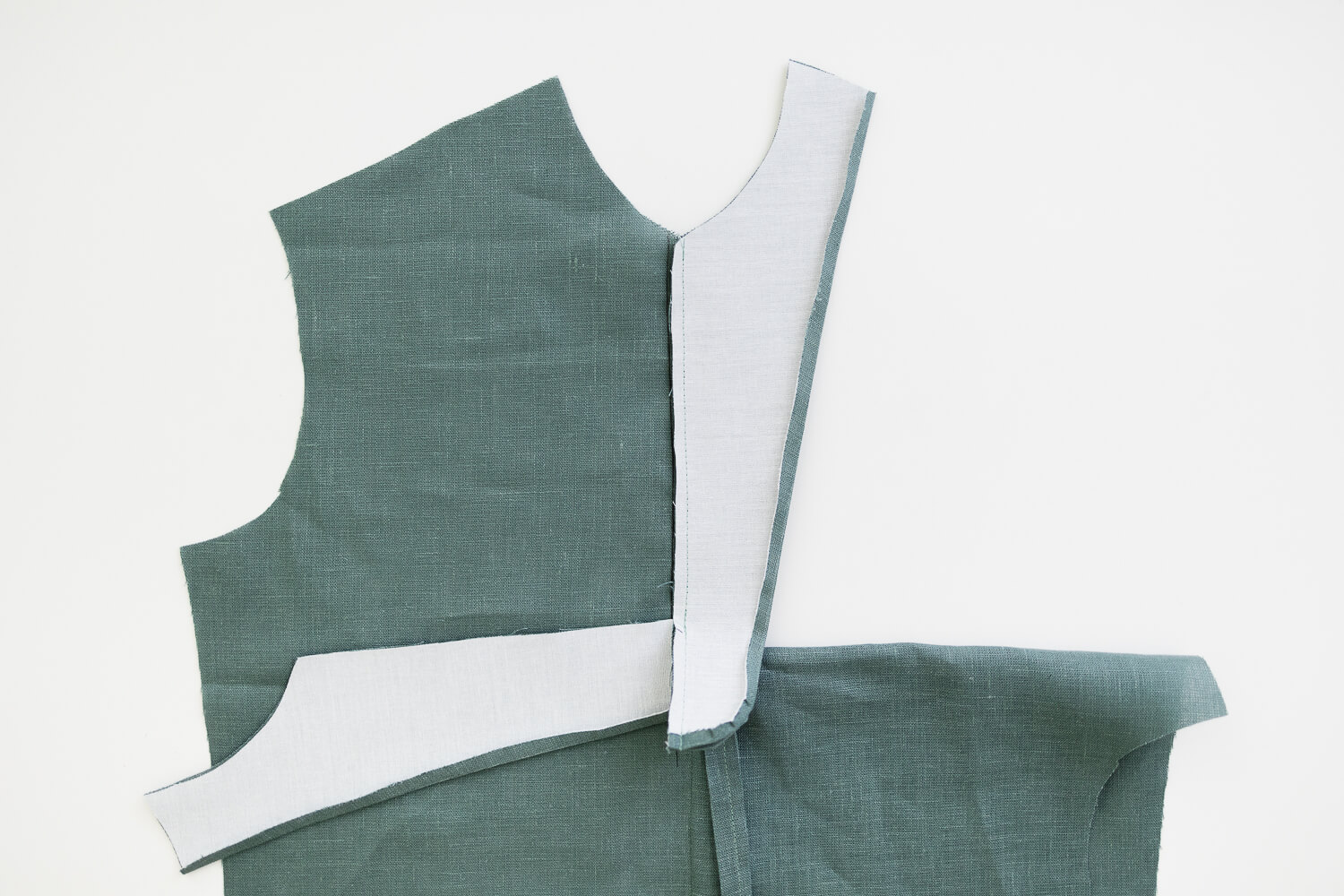
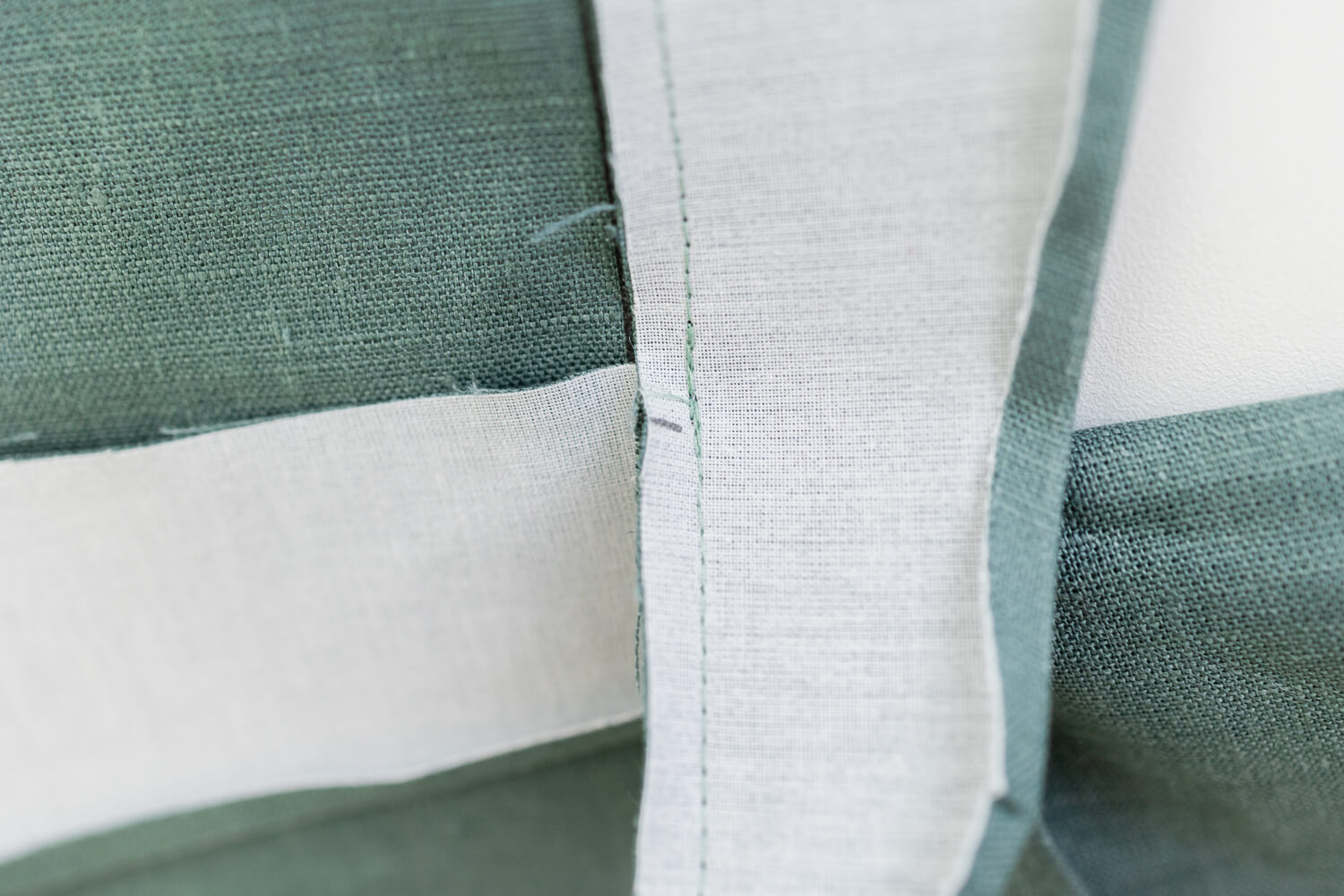
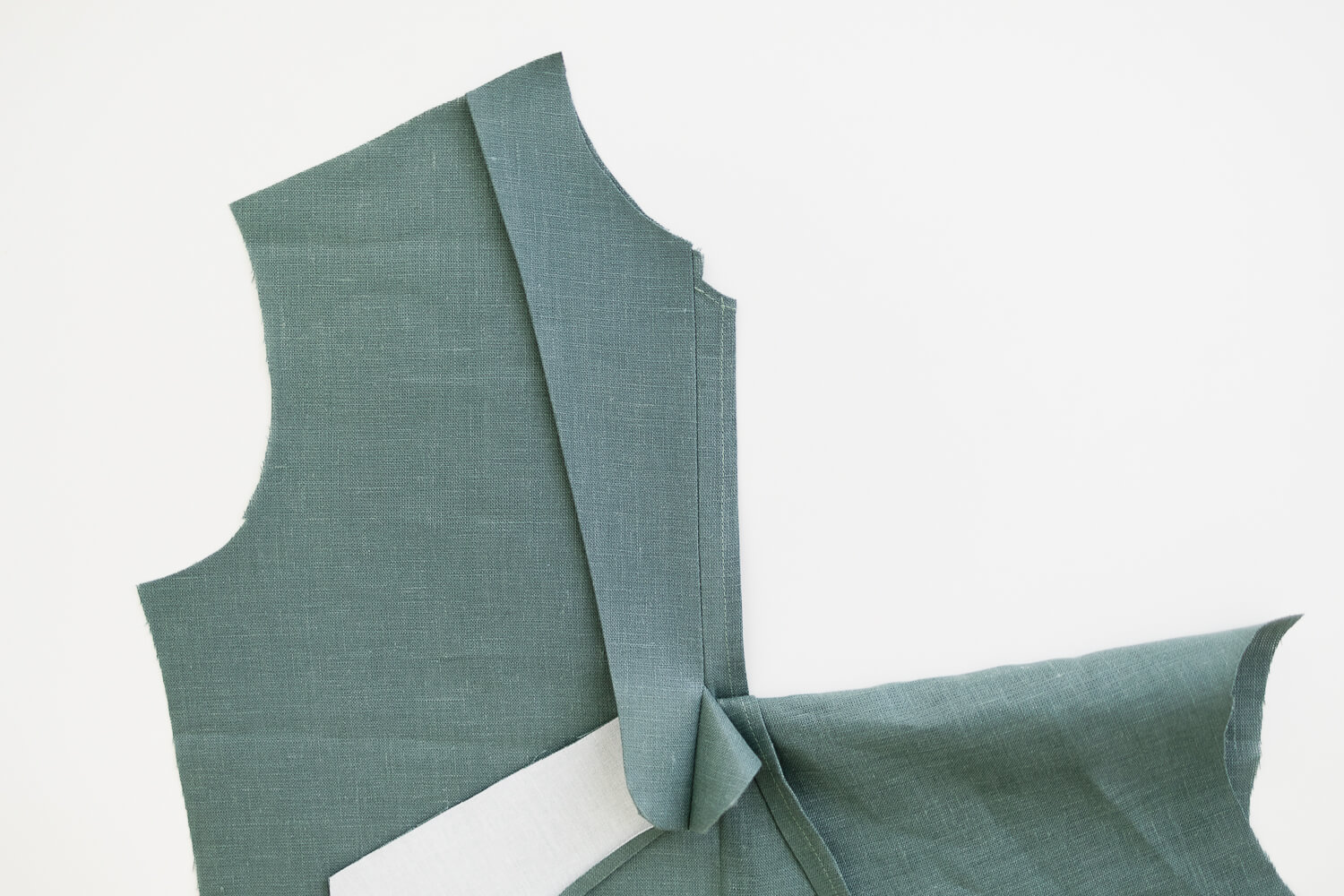
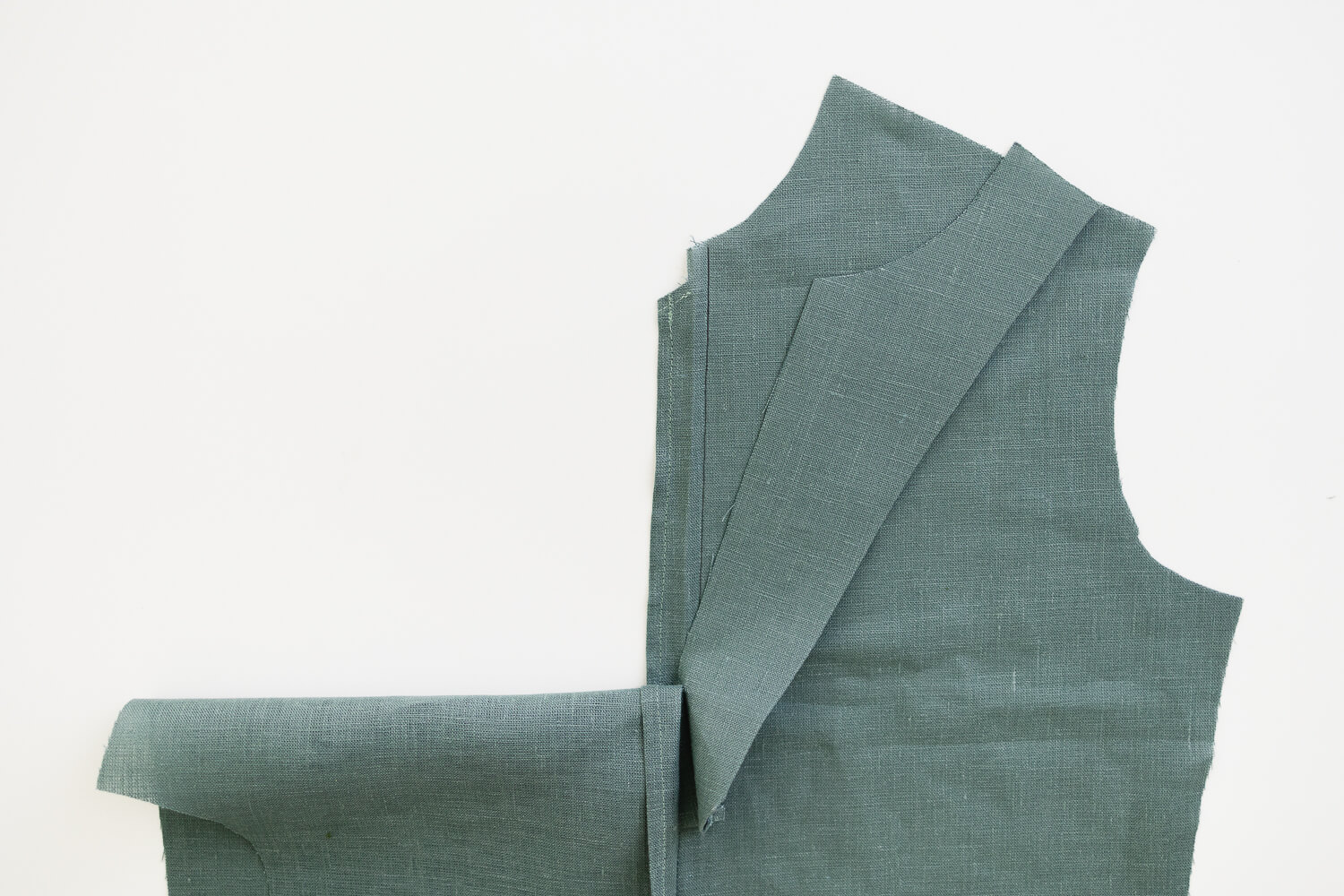
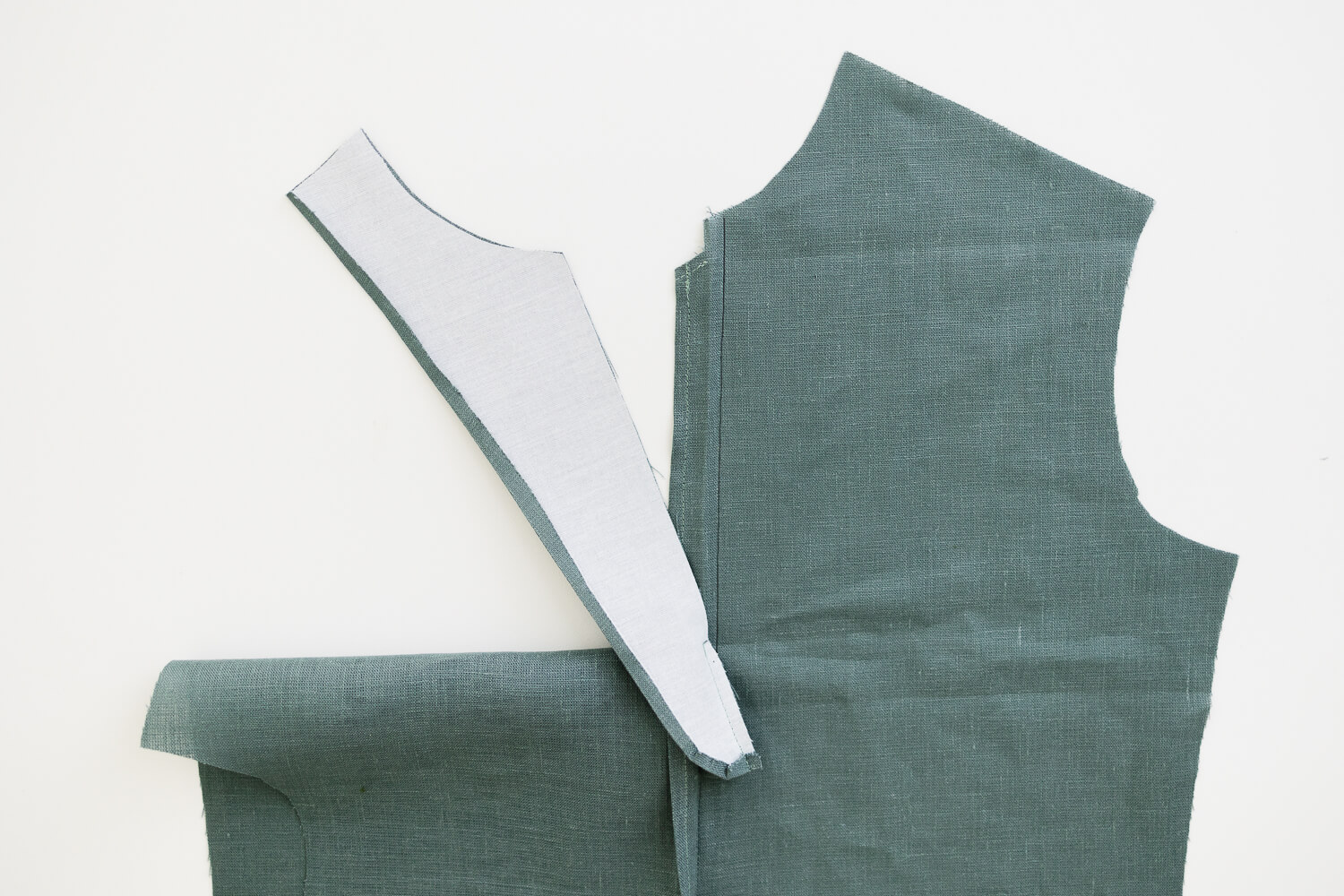

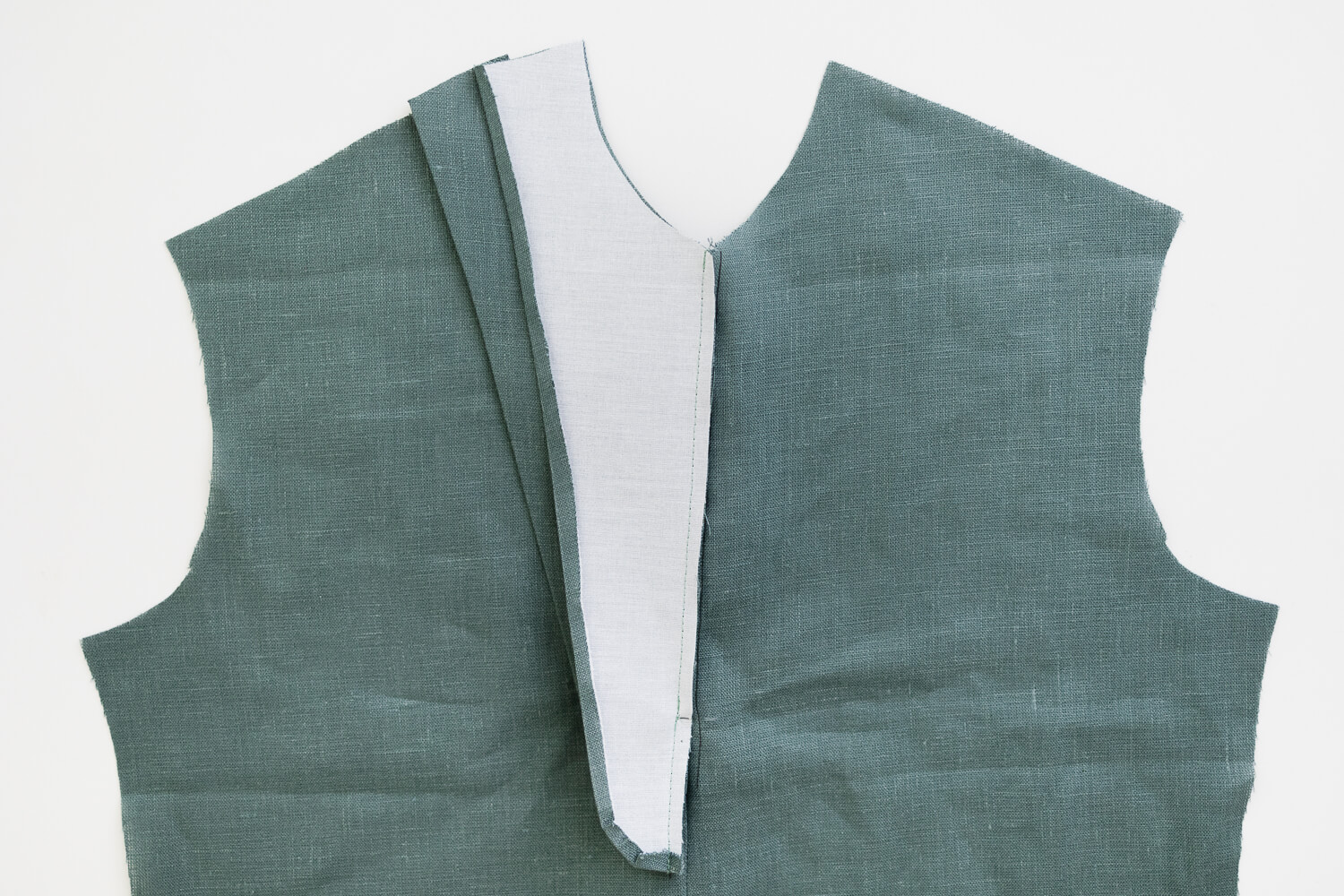
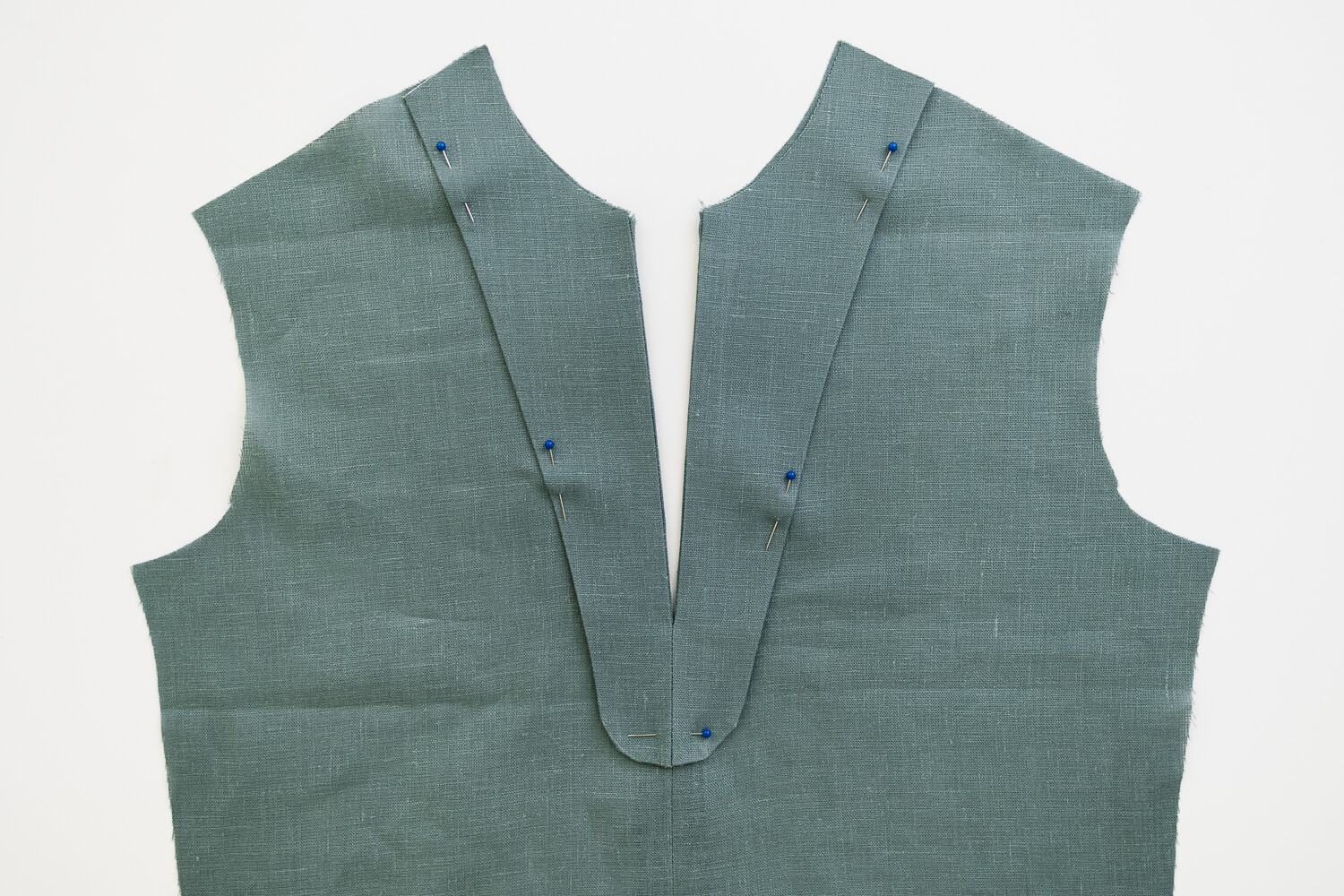
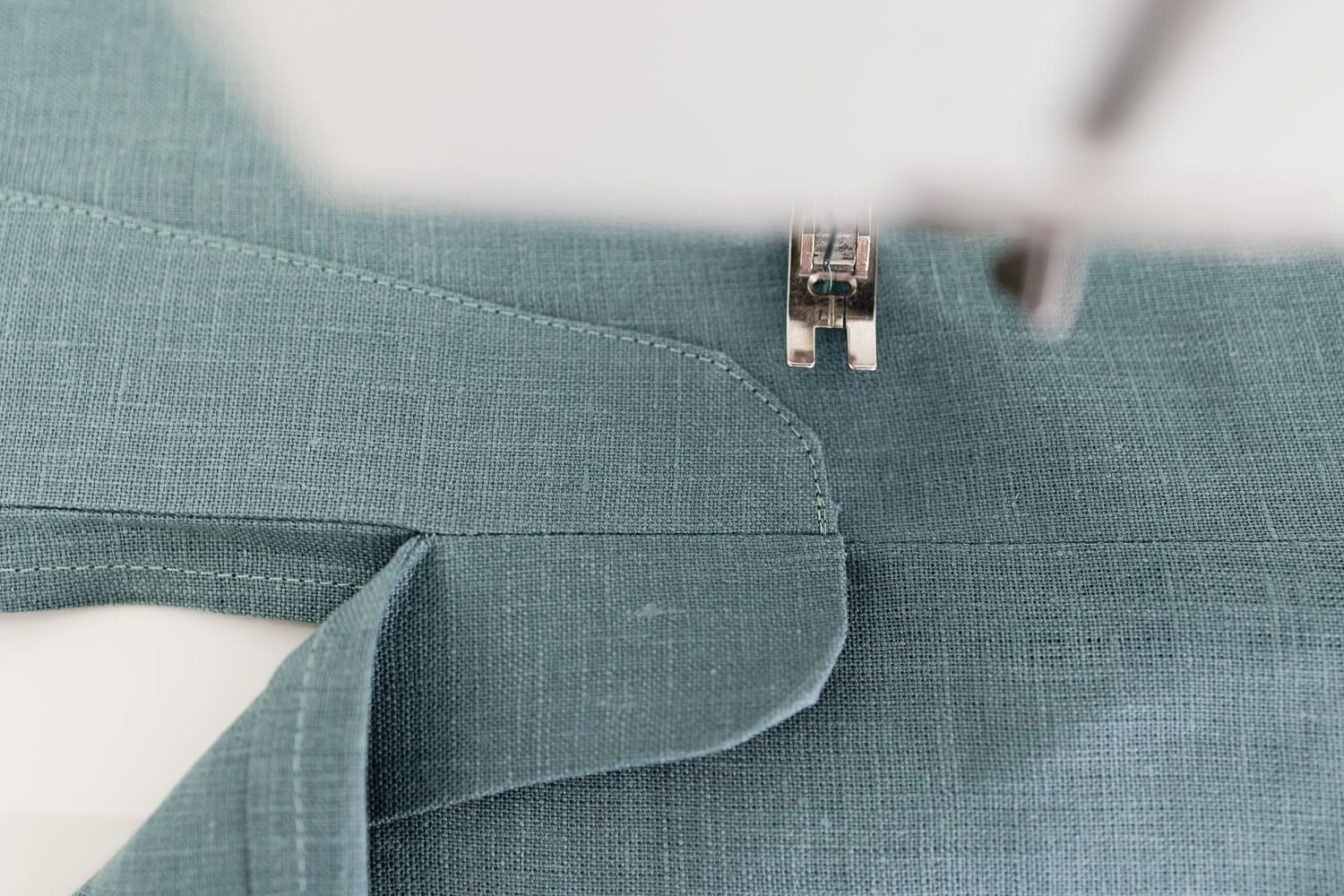
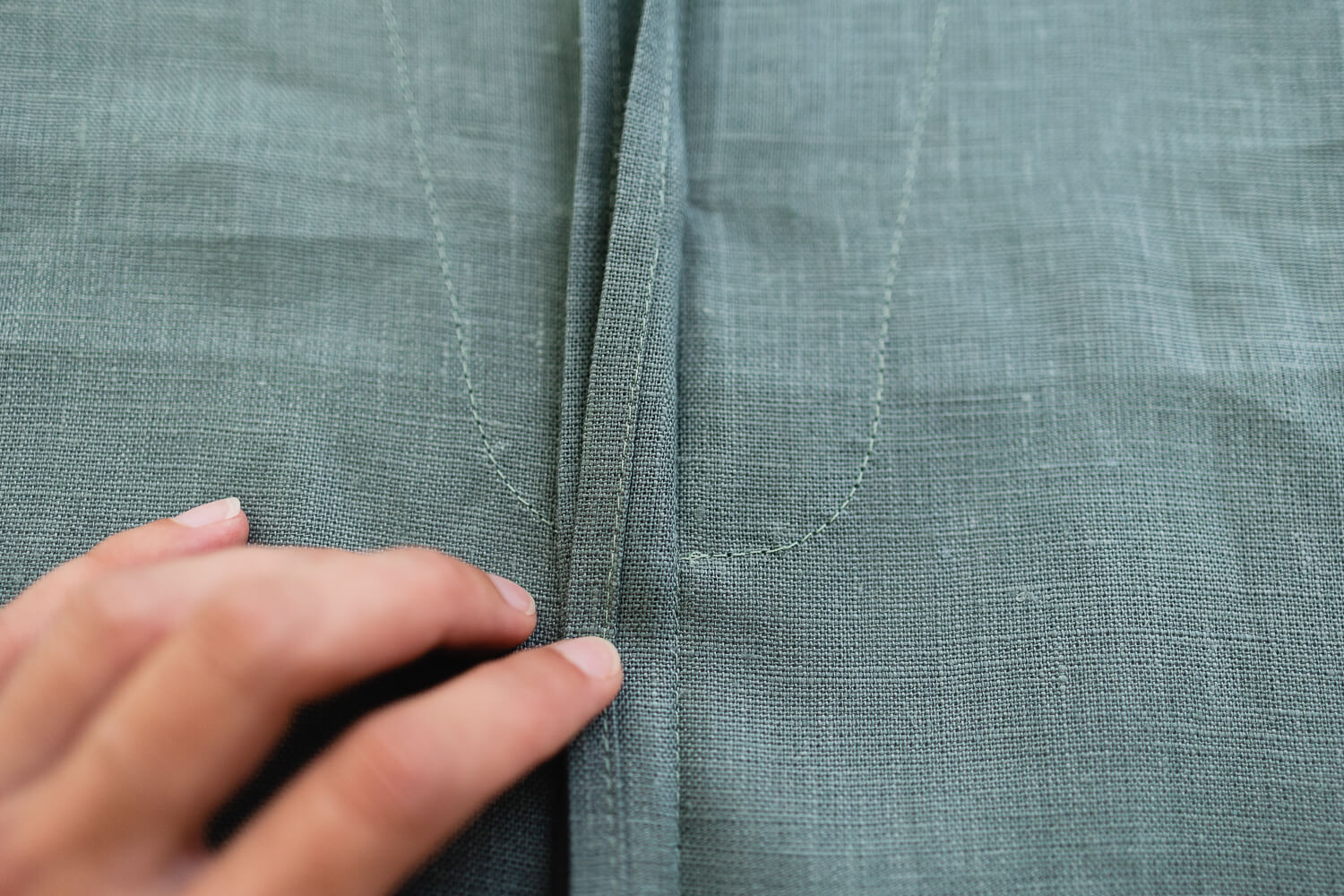
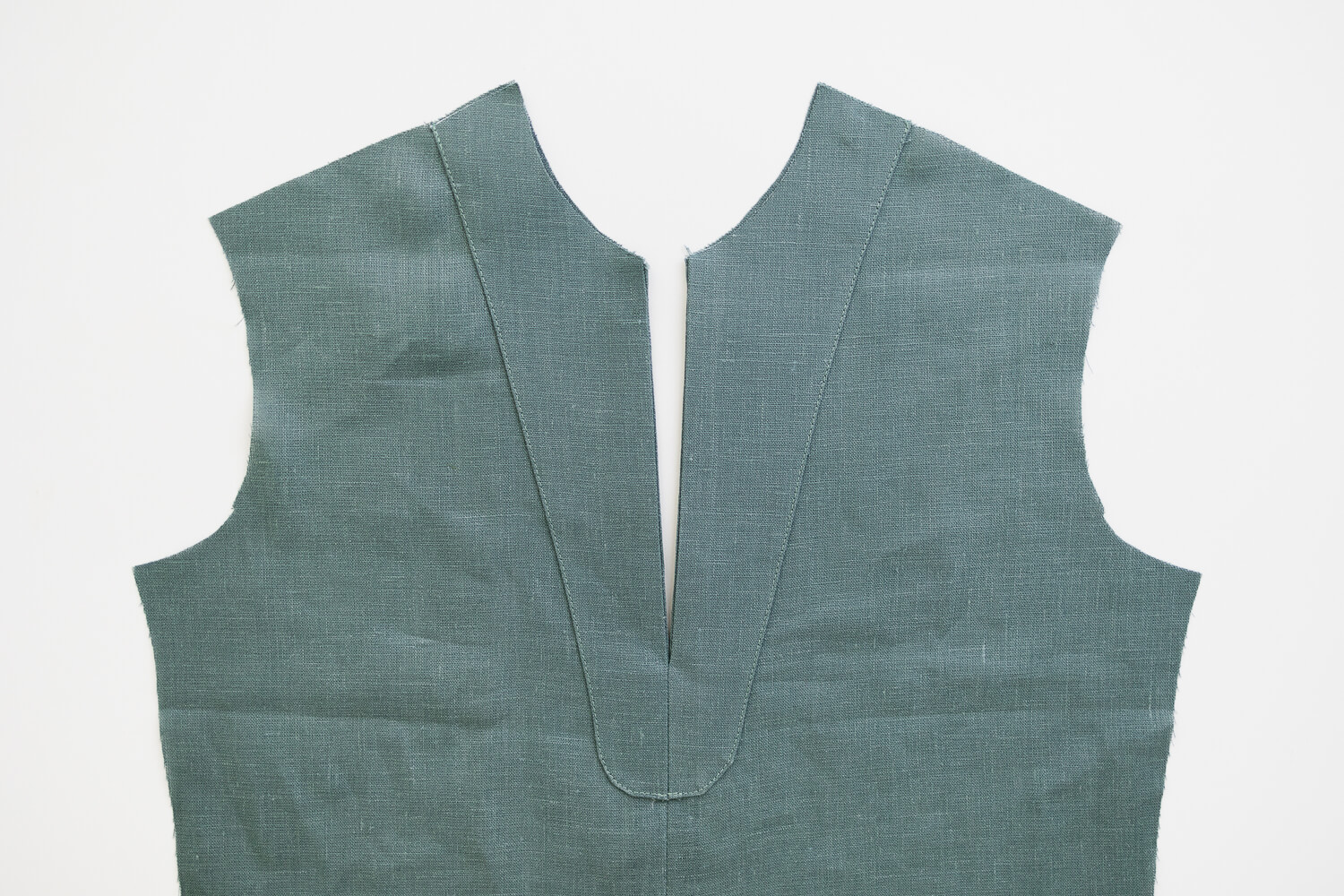
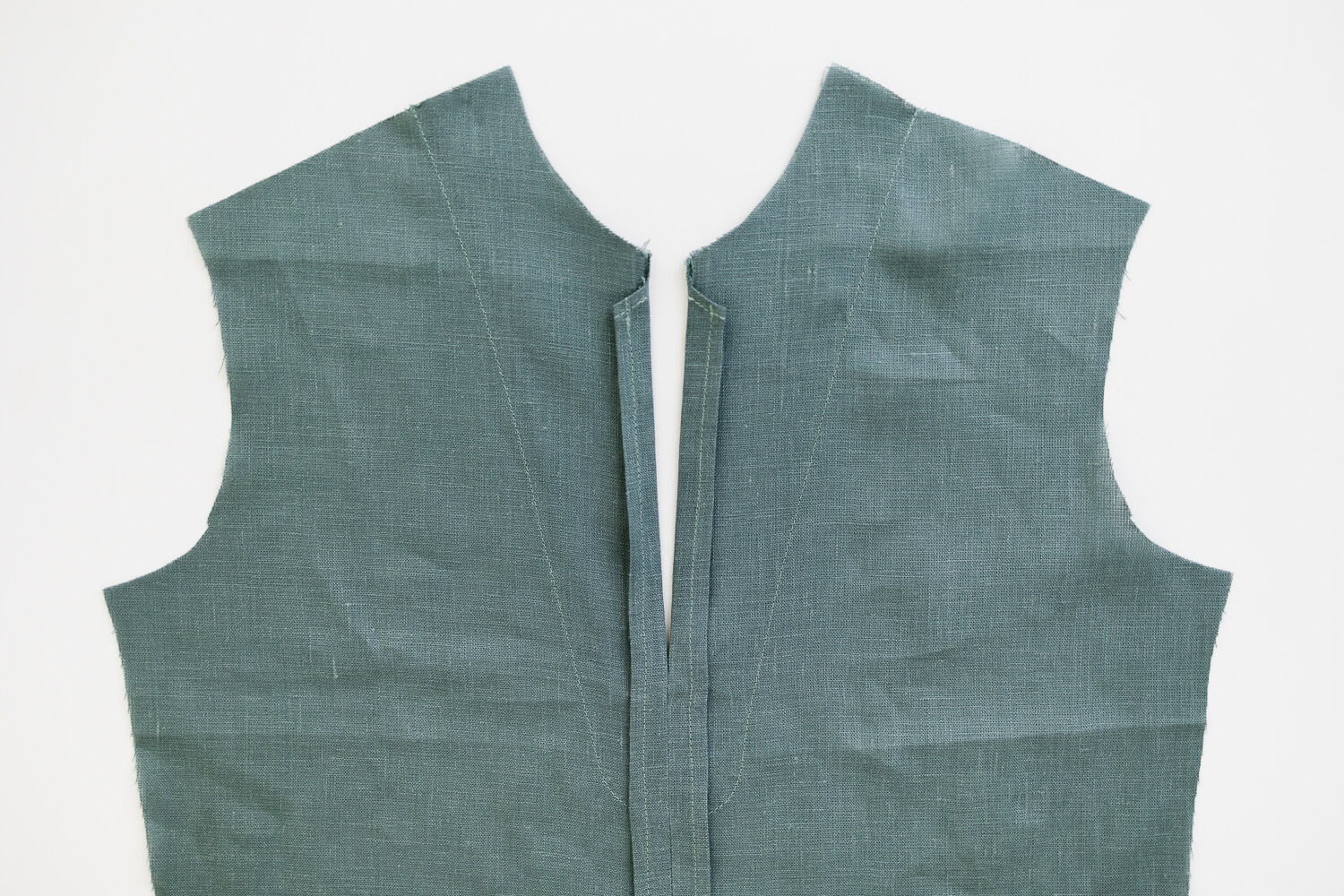
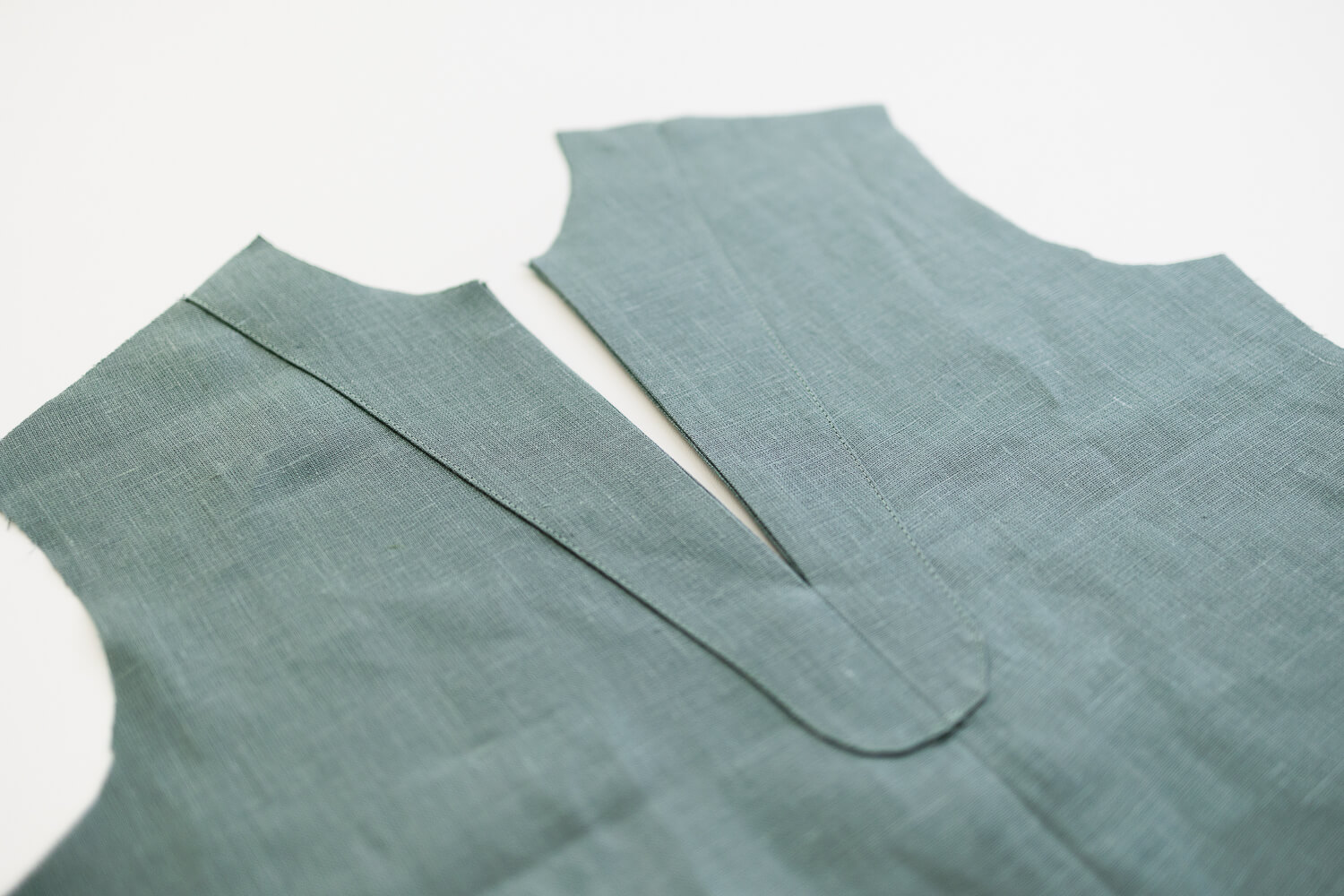


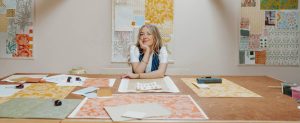
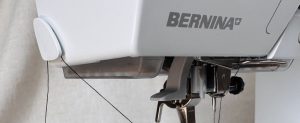

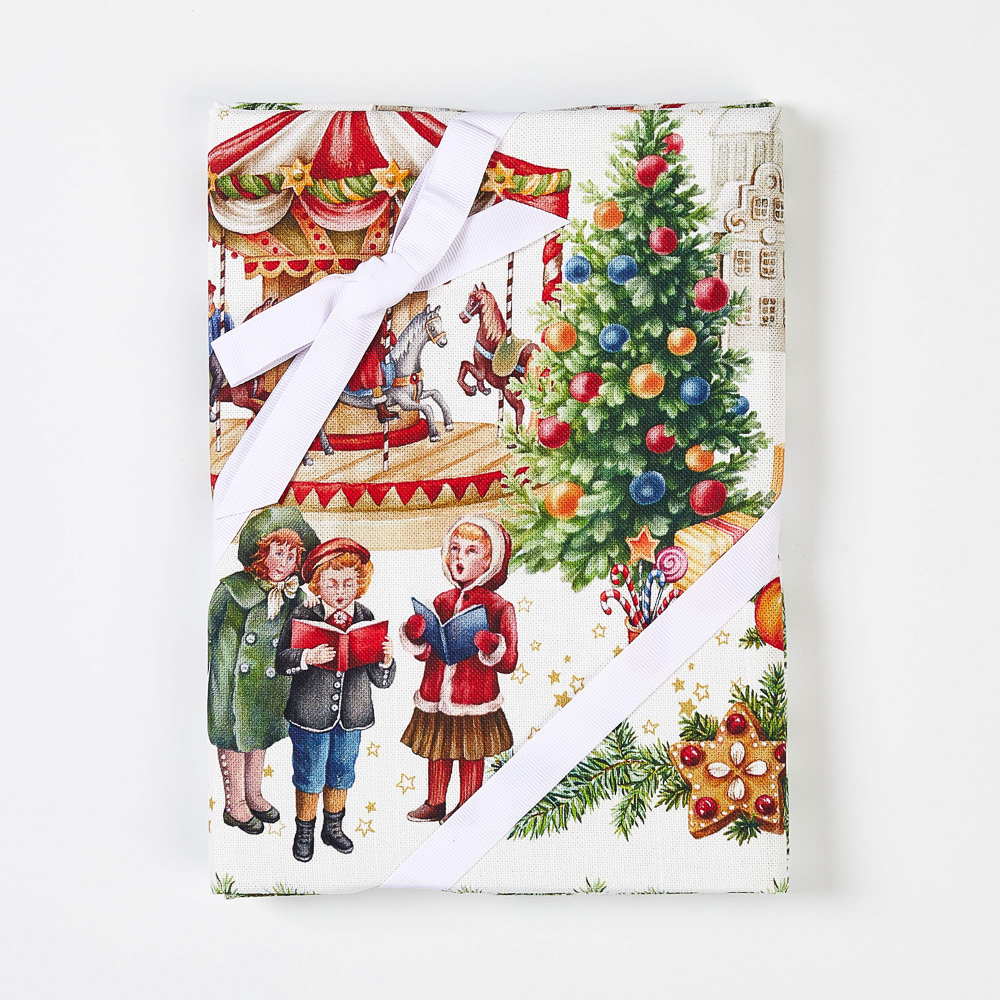




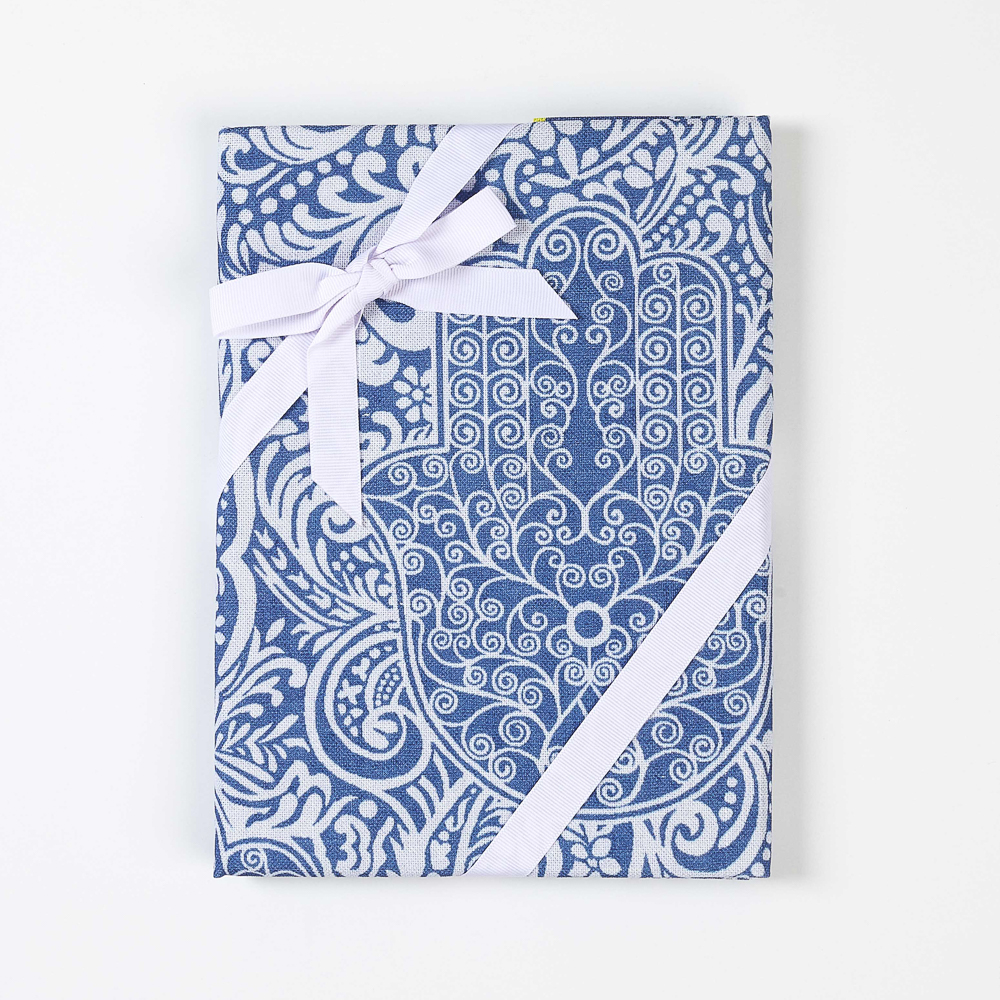
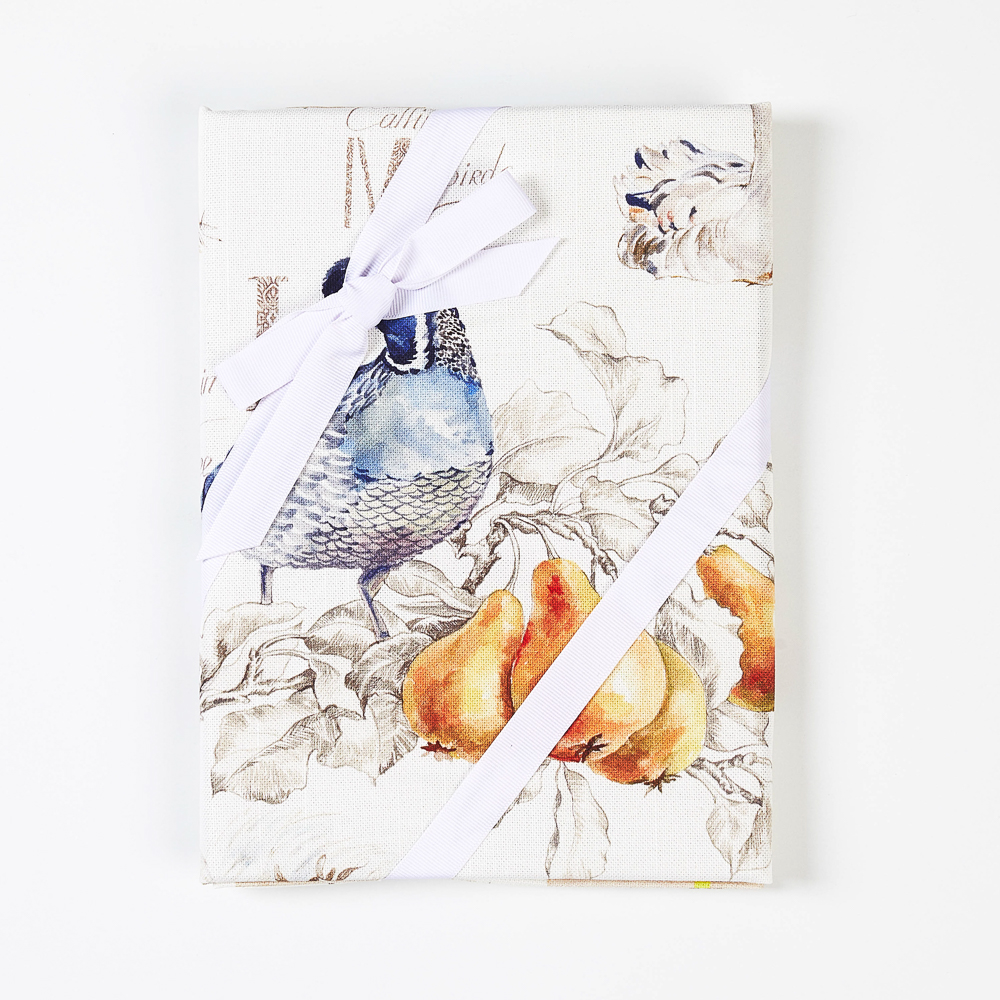

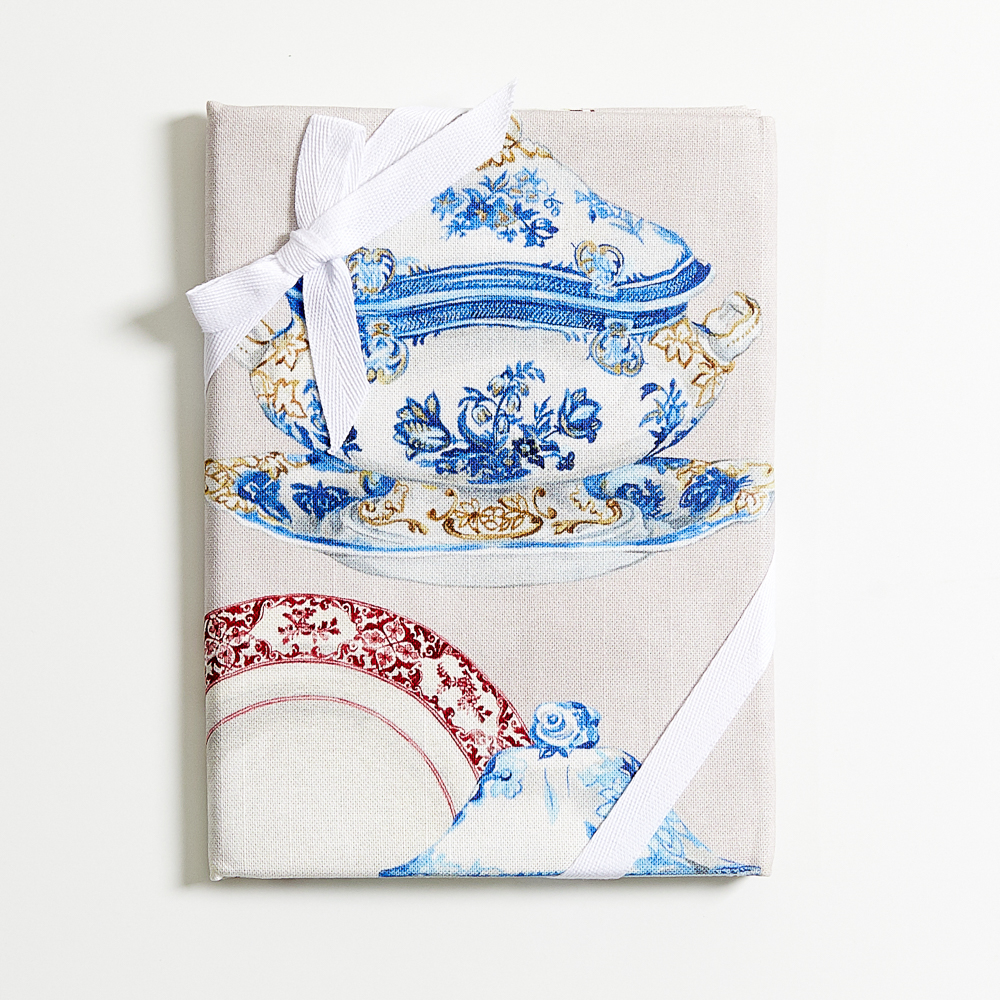
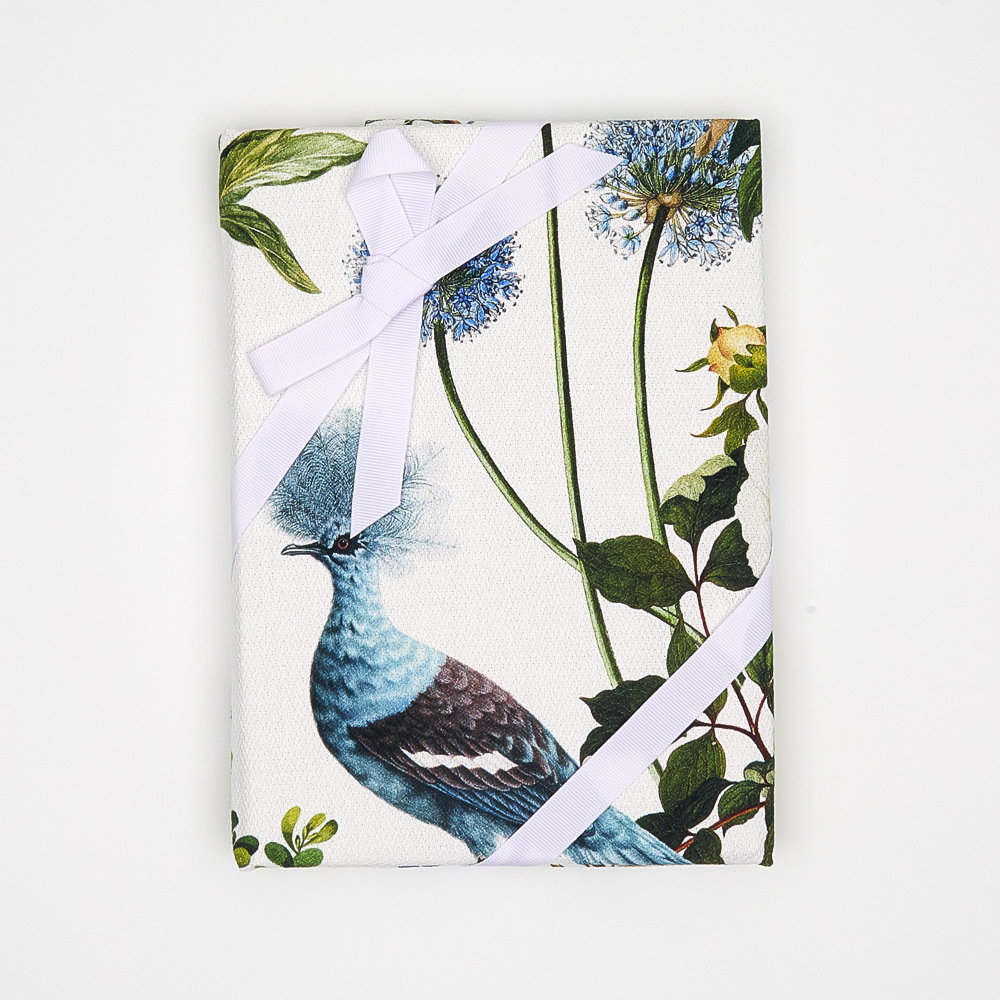

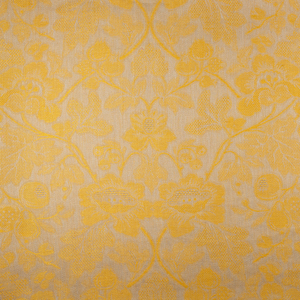

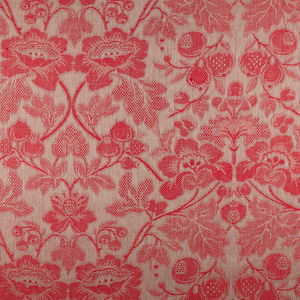
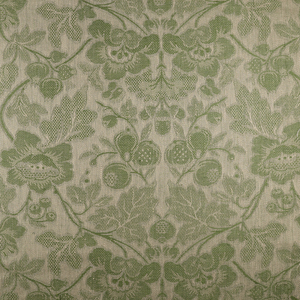

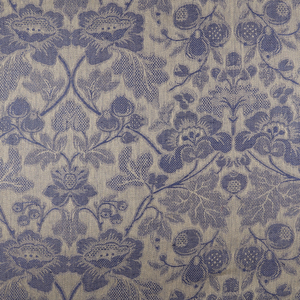
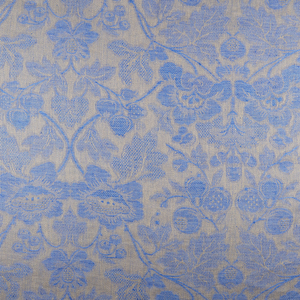
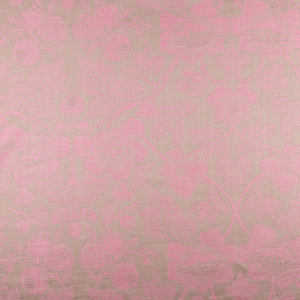
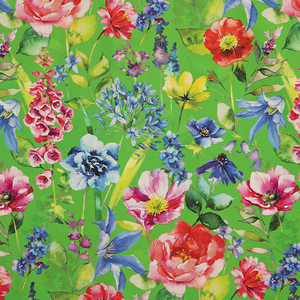
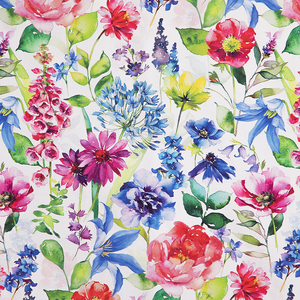


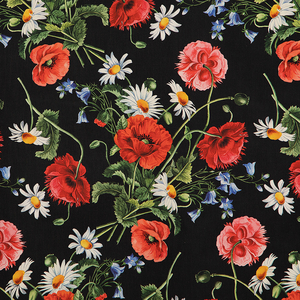
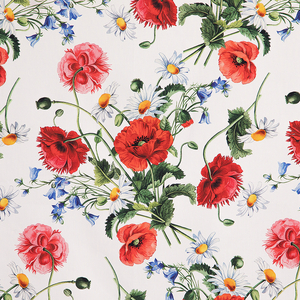
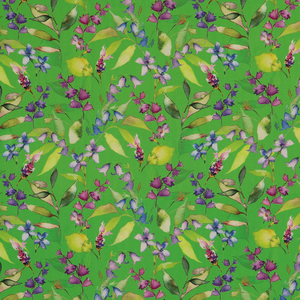
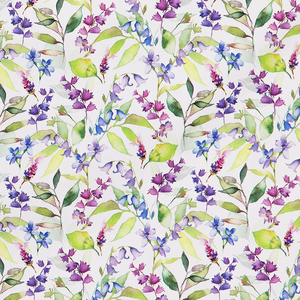

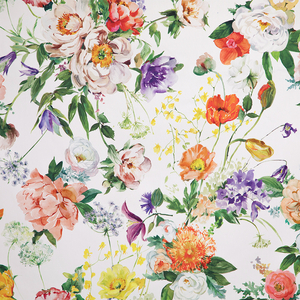




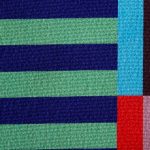

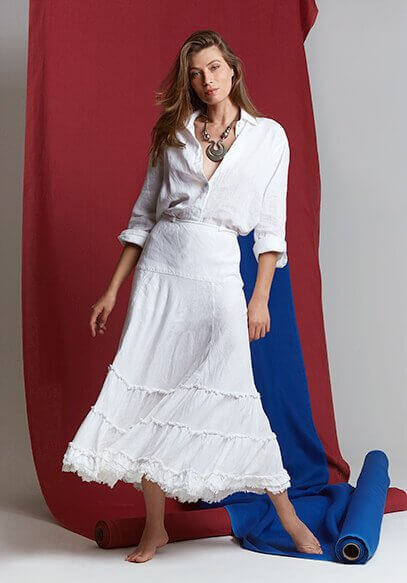
Leave a comment